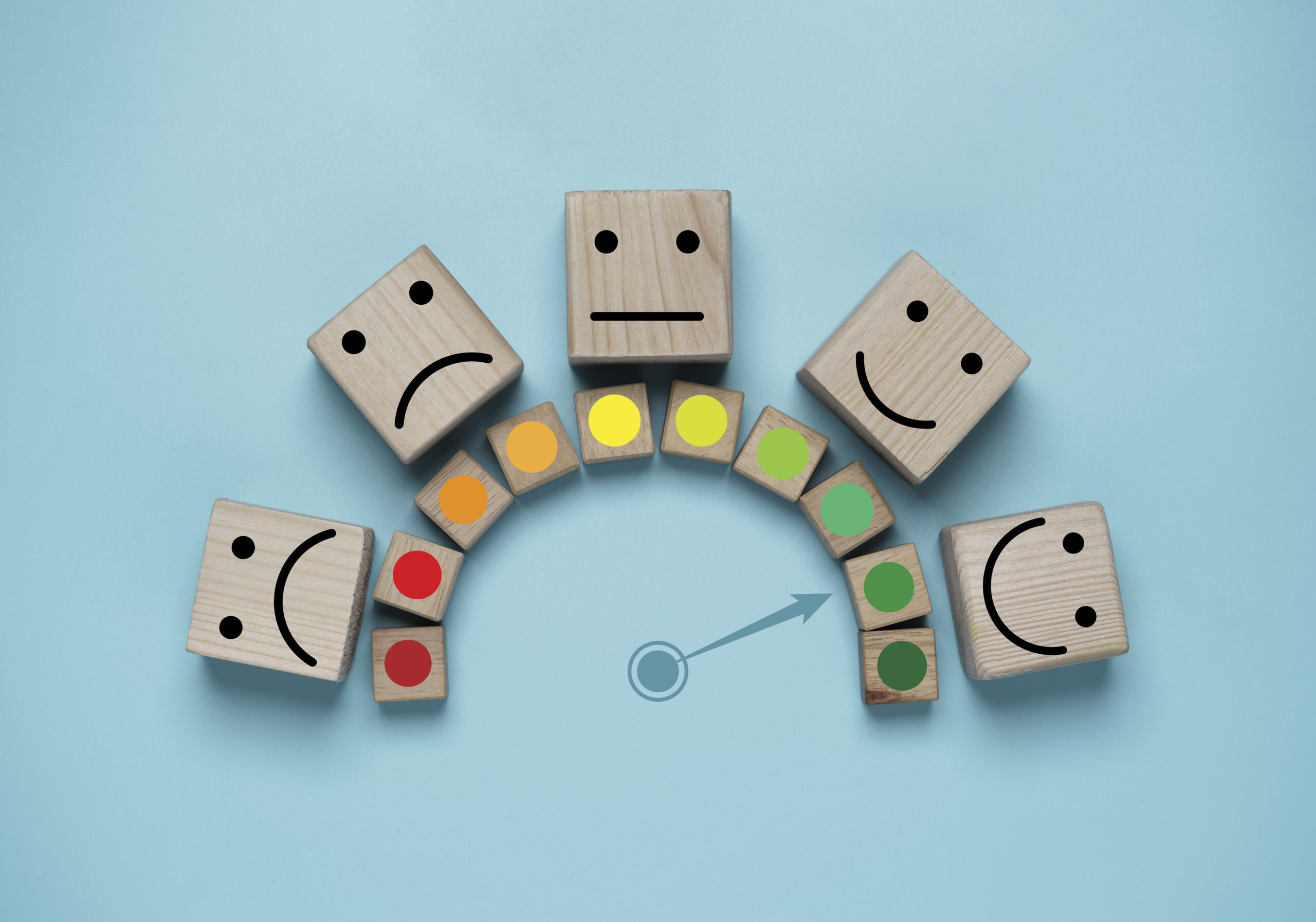Games are designed with barriers for players to overcome. “Go directly to jail; do not pass go, do not collect $200” makes Monopoly unpredictable and challenging. “Draw four, reverse back to me” makes UNO engaging and exciting.
Barriers to healthcare, on the other hand, can pose severe challenges in the lives of individuals in need of care. These barriers, also known as social needs or social determinants of health, are the nonmedical factors that influence health outcomes, create obstacles to high-quality care, and contribute to poor health. And, unlike the barriers in board or card games, the penalties incurred as a result of these challenges are severe.
Social determinants of health – or SDoH – include items such as:
- Housing and transportation
- Discrimination (e.g., race, gender, sexuality)
- Education (i.e., language and literacy skills)
- Job opportunities and income level
- Access to healthy food choices
- Perceptions (e.g., sigma, cultural, mistrust, lack of understanding)
According to the World Health Association, these factors affect approximately 68% of the U.S. population who had at least one unmet social need in the past year – or nearly 226 million Americans.
The Joint Commission states that social determinants directly influence healthcare outcomes by 80%, while the efforts of healthcare services and practices in total affect only the remaining 20%.
Marcus’s Story
How does social need affect health outcomes? Let’s look at the example of a young man we will call Marcus*.
Marcus is a 17-year-old with autism spectrum disorder (ASD) living in northeast Pennsylvania. He has high adaptive functioning and encompasses those behaviors critical to living, including daily living skills. Because of this, he is placed in a mainstream classroom with twenty additional students.
When a student upsets Marcus, he uses physical aggression to cope with the social situation. One day, after another fight, the school called Marcus’s mother, Shannon* and suggested that she take him to the hospital for assessments, explaining that the school felt Marcus was a risk to himself and others.
Due to missing work, when Marcus was “asked” to leave school, Shannon decided to take him to the emergency room. They waited sixteen hours for a certified Spanish translator because no one on staff could speak to him. After two doctors and a nurse met with Marcus, he was sent home with a list of mental health providers to contact.
At home, Shannon called all three providers listed to see if they would work with Marcus. Two did not have program openings, and one was not located on a public bus route. This meant that Marcus would not receive the behavioral services needed to improve his health outcomes.
Four months after being sent to the emergency room, Marcus was arrested after physically assaulting a classmate in gym class with a baseball bat.
Marcus’s story could have ended very differently if even one of the modifiable SDoH factors preventing care in his situation was removed.
To screen or not to screen – that is the question.
Suppose the hospital screened Marcus using the biopsychosocial model. Would they have made different referrals or approached treatment of the medical factors differently due to a better understanding of the client’s social needs?
When a group of 60 community-based behavioral support specialists, direct support professionals, and nursing assistants were asked, “Would you handle it differently?”, 95% said yes.
They answered yes because, even with the large spectrum of SDoH screening questions and a lack of evidence-based assessments, the benefits of asking the questions and looking at the socioeconomic factors on health far outweigh the negatives.
That said, it is important for professionals to remember that if a need is identified when screening for social determinants, being ill-equipped to address that need creates potential harm for the client and can lead to further barriers, such as unfavorable perception of healthcare workers. In addition, it can lead to frustration and burnout for healthcare workers.
Steps to Implementation of SDoH practices
Prominent healthcare organizations such as the Institute of Medicine, the American Psychological Association, and most recently the Joint Commission (with the addition of a new national patient safety goal, or NPSG), all list SDoH mitigation as a requirement of healthcare provider organizations. However, they don’t give explicit directions on what should or could be done.
To give an example of this, six provider organizations were spoken with about their plan to implement The Joint Commission’s new NPSG; all six organizations came up with entirely different methods that engage completely different SDoH factors.
In fact, no single healthcare worker or provider organization can create a system to improve SDoH themselves, because addressing healthcare inequities is not something that one organization or one healthcare worker can do alone; it is the collective responsibility of society.
That said, it IS the responsibility of provider organizations (or healthcare workers) to implement plans to improve SDoH that benefits the population they serve and are mindful of employee workflow.
Common practices suggest that providers should:
- Start Simple, with one to three barriers, and ensure that they currently affect and have meaning to the population(s) you serve.
- Educate themselves to ensure understanding of existing community resources, what other healthcare workers or providers have tried, and why progress has or hasn’t already happened. This helps to better formulate realistic time frames for expected progress and the methods to measure that progress.
- Collect and share data, as this encourages stakeholder engagement and collaboration.
- Send referrals, provide recourses, and create linkages.
Marcus’s Outcome
Six months after being released from the county jail, Marcus met Lauren*, a clinical coordinator, at the YMCA pool. Lauren gave Marcus her business card and, three weeks later, completed an intake for him with a waiver-funded community program. They spoke about his language needs, transportation barriers, and desired behavioral outcomes during his intake.
Because of that information, Marcus was able to find the service that was right for his social needs, increasing his potential for positive healthcare outcomes. Marcus met with his Behavioral Specialist two weeks later for the first time.
One year later, Lauren presented an intake procedure focusing on SDoH for over 1,000 healthcare workers at a conference. Fifteen providers adapted questions from that presentation into their intake forms.
Unlike Marcus, most individuals who are blocked by social determinants of health never find hope, help, or happiness. This is why we must continue to seek understanding of the social needs, ask our clients questions, provide recourses, and work together to start dismantling the detrimental limitations on health outcomes.
(*Note: all names listed in this article are pseudonyms to protect the privacy of the individuals involved.)
———————————–
Impact of Social Determinants of Health on access to mental healthcare:
- 25% of all missed appointments are due to transportation barriers.
- 51% of white healthcare providers believe that patients do not adhere to treatment as a result of cultural or linguistic barriers.
- 56% of that same group reported that they did not have any form of cultural competency training.
- 31% of white children will receive services for their mental health needs. Only 13% of children from diverse racial and ethnic backgrounds with mental health conditions receive mental health services.
- 88% of Latino youths have unmet mental health needs.
Source: Simmons University Research






